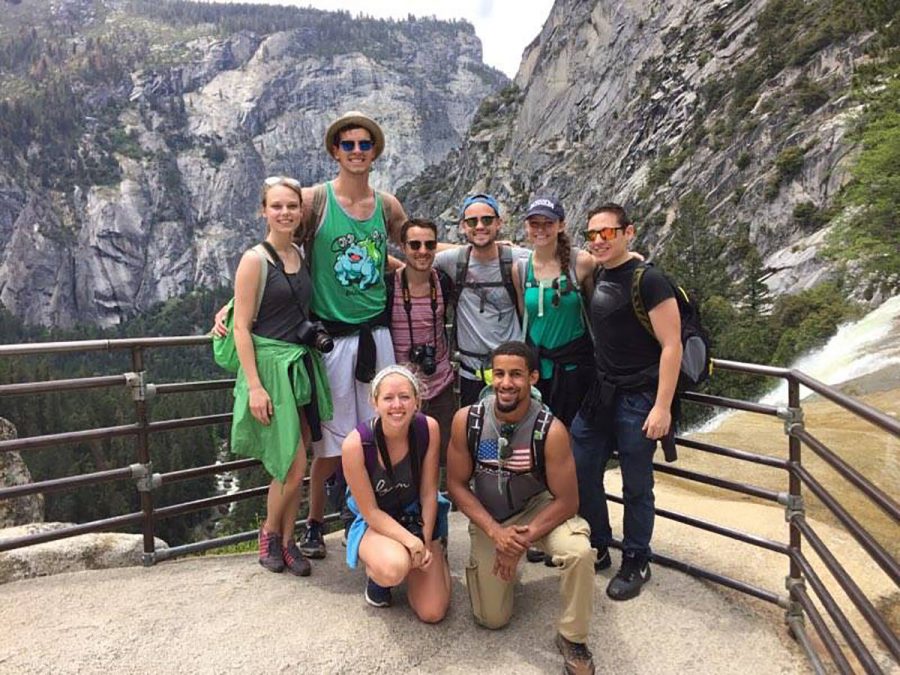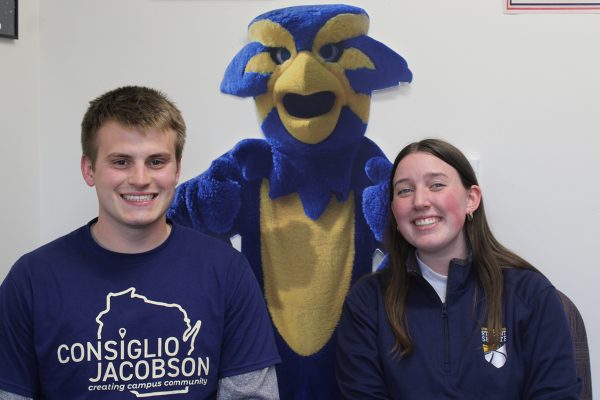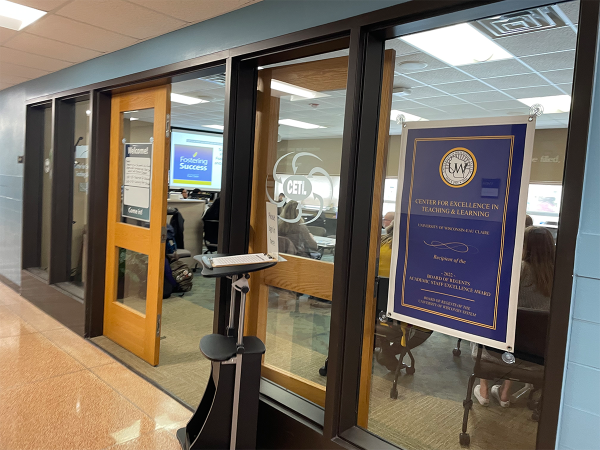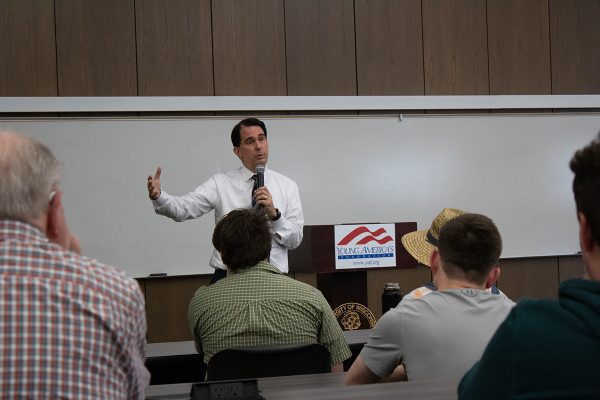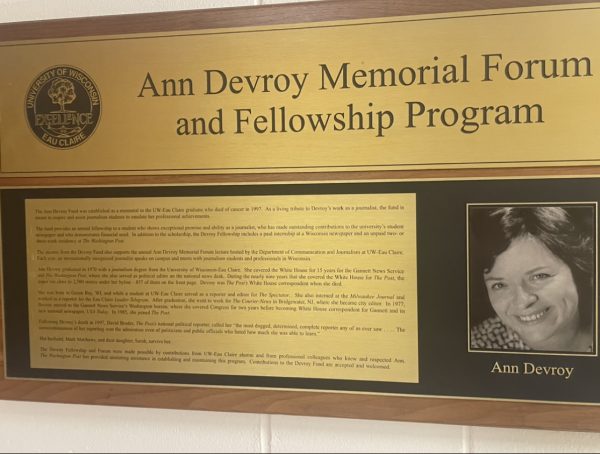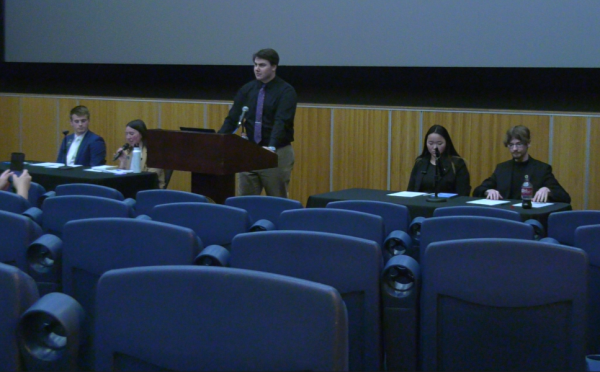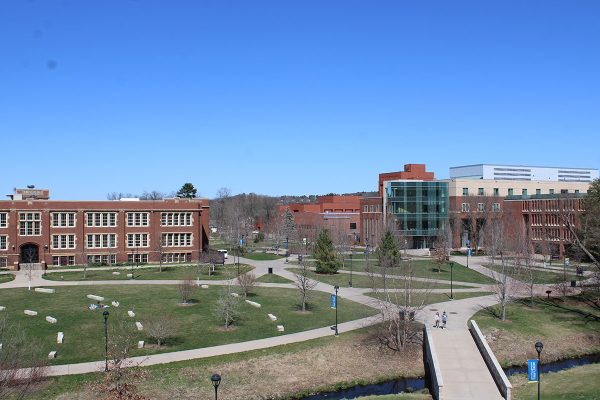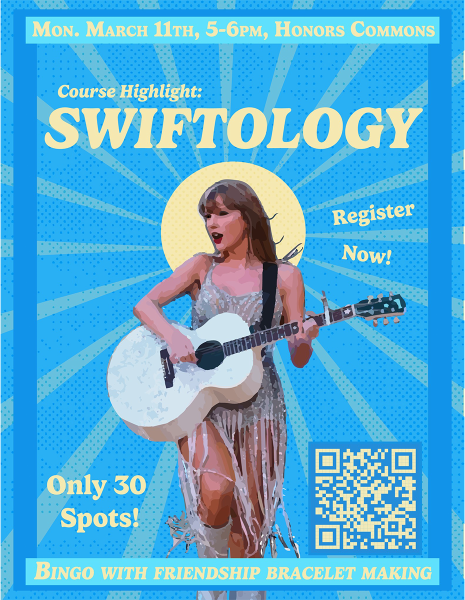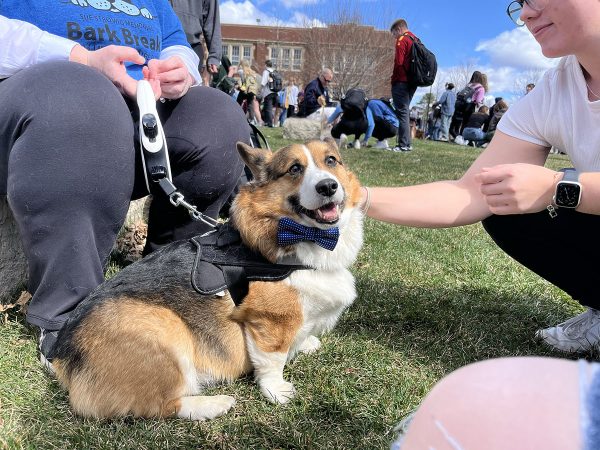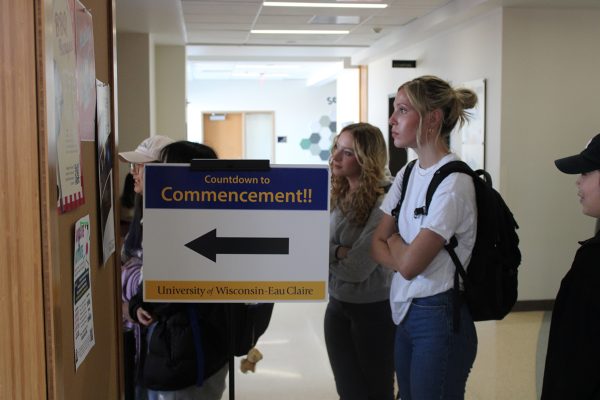Blugolds in national parks over summer break
As the National Park Service celebrates its 100th anniversary let’s revisit its history
More stories from Andee Erickson
Photo by Andee Erickson
UW-Eau Claire students enjoying a stop at Vernon Falls on a three hour hike up to Nevada Falls in Yosemite National Park. The group is part of a Domestic Intercultural Immersion Trip where they spent most of their time in the park. Isabella Meyer, back row and second from right. Alex Kleinschmidt, front row on right.
The year was 1916. One hundred years ago the nation was witnessing not only the beginning of this Wisconsin university, but the beginning of an act intended to preserve the nation’s sceneries and history, while simultaneously providing enjoyment to the public.
The Organic Act of 1916 determined the beginning of the National Park Service (NPS) 44 years after President Ulysses Grant assigned Yellowstone as the first national park. Before the new act, what are now 15 national parks and 22 national monuments were oversaw by the Department of the Interior, but without the uniformed organization the NPS now provides, according to the service’s website.
Fast forward 100 years to when UW-Eau Claire was in summer mode and the campus was a little stiller. Meanwhile, the NPS was marking its centennial anniversary and many Blugolds were in attendance as they celebrated their summer vacations and President Obama was busy adding two new monuments to the service.
On June 24 the Stonewall National Monument in New York City was added to the list of National Park areas. Stonewall Inn marks the beginning of the LGBT civil rights movement in 1969, which was sparked when police raided and began arresting people at the inn, a space known for its LGBT community, according to the White House’s website.
On August 24, a day before the park’s 100th birthday, Obama signed into law the Katahdin Woods and Waters National Monument, putting the current number of National Park areas at 413.
While only 58 of those areas are titled parks, the rest are called anything from historic sites to lakeshores to trails. The difference between a national monument and a national park is the way they’re designated, said Lauren Blacik, the assistant centennial coordinator for the midwest. Monuments are designated with an executive order, thanks to the Antiquities Act of 1906, which gave the president the authority to do so, while the others are designated with an act of Congress, she said.
“Don’t put too much stock in the name,” Blacik said. “And the same goes for our public lands in general. Yes there’s a difference between national parks and state parks and local parks, but what matters is taking advantage of all those different kinds of lands that are available to the public.”
With efforts such as the Find Your Parks Campaign, a program the National Parks Foundation launched as part of the centennial to help new audiences find their park, Blacik said the NPS is committed to reaching out to youth since they’re the next stewards, visitors and protectors of the parks.
“Our national park service in the United States has made it 100 years because of the support of the American public,” she said, “because they visit parks, care about parks and care about preserving our history and our natural resources and it’s so vitally important that it continues.”
Sophomore Maddie Borner was born to carry on that legacy. Her parents met while climbing a fourteener in Sequoia National Park and are still raising her and her three siblings on hiking vacations.
Borner, who’s majoring in communications science and disorders, said her first national park experience was in Yellowstone when she was eight.
“At that point I was more just in awe from being in a completely different setting than what I was used to, as I’ve grown I’ve definitely come to understand how important the national parks are.”
Over summer break Borner and her family toured around in a van visiting different parks, including Bryce Canyon National Park and Zion National Park in Utah and Horseshoe Bend National Military Park in Arizona, she said.
“I think Byrce was the most unique,” she said. “I never dreamed that it would look the way that I did. It has hoodoos and rolling hills and mountains, it’s everything and I thought that was incredible.”
Borner plans to spend spring break hiking with friends in Great Smoky Mountain National Park and getting to know more parks because they each represent such a different part of nature, she said.
But most park visitors don’t know how the unique landscapes were formed before they see it for themselves. Fortunately, for sophomore Isabella Meyer and fifth-year student Alex Kleinschmidt, they did. Meyer and Kleinschmidt, along with 12 other UWEC students visited Yosemite National Park after spring semester ended in May on one of the universities Domestic Intercultural Immersion Trips.
Leading up to the trip Kleinschmidt, who studies German and environmental science, said the faculty leaders Stephanie Turner, associate professor of English, and Harry Jol, professor of geography and anthropology, taught them the history of the Indigenous people in Yosemite and how the place was formed.
Yosemite was both of their first visits in a national park and it won’t be the last, which was confirmed when both listed Glacier National Park as number one on their bucket list.
“They seem almost to me like sanctuaries,” Kleinschmidt said, “where you can go and just get lost in nature, places you can go to really enjoy the full beauty of nature.”
Meyer, a nursing student, said she didn’t grow up with exposure to hiking and camping but always wanted to. For her, the best part of the trip was knowing it was something she could do, she said.
“It’s amazing what that silence of sitting on top of the mountains feels like,” Meyer said, “just looking out and thinking, it makes everything so simple and I think everyone should experience it. You realize what’s endangered and that you want it to be protected.”

